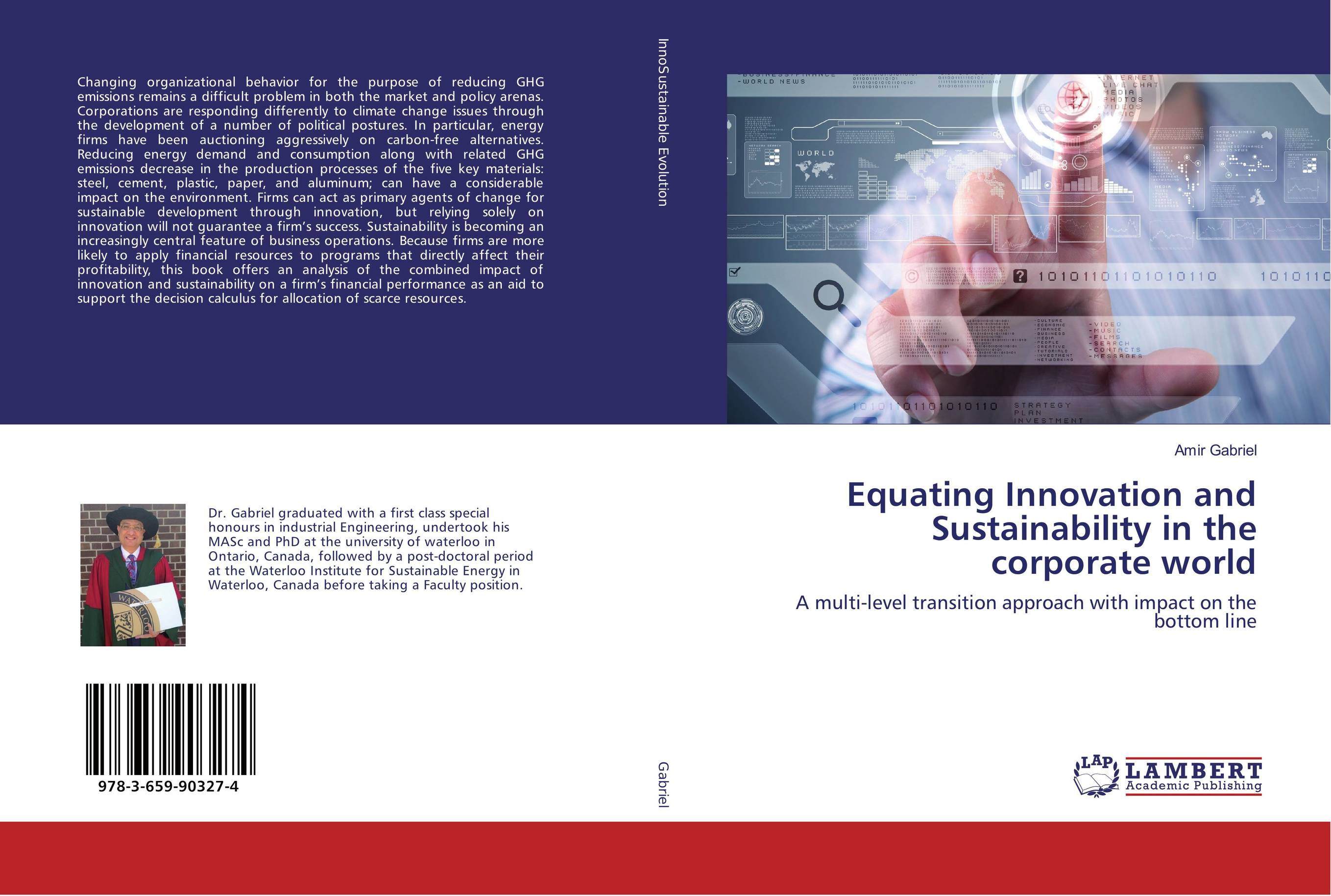| Поиск по каталогу |
|
(строгое соответствие)
|
- Профессиональная
- Научно-популярная
- Художественная
- Публицистика
- Детская
- Искусство
- Хобби, семья, дом
- Спорт
- Путеводители
- Блокноты, тетради, открытки
Equating Innovation and Sustainability in the corporate world. A multi-level transition approach with impact on the bottom line

В наличии
| Местонахождение: Алматы | Состояние экземпляра: новый |

Бумажная
версия
версия
Автор: Amir Gabriel
ISBN: 9783659903274
Год издания: 2016
Формат книги: 60×90/16 (145×215 мм)
Количество страниц: 524
Издательство: LAP LAMBERT Academic Publishing
Цена: 66310 тг
Положить в корзину
Позиции в рубрикаторе
Сферы деятельности:Код товара: 161039
| Способы доставки в город Алматы * комплектация (срок до отгрузки) не более 2 рабочих дней |
| Самовывоз из города Алматы (пункты самовывоза партнёра CDEK) |
| Курьерская доставка CDEK из города Москва |
| Доставка Почтой России из города Москва |
Аннотация: Changing organizational behavior for the purpose of reducing GHG emissions remains a difficult problem in both the market and policy arenas. Corporations are responding differently to climate change issues through the development of a number of political postures. In particular, energy firms have been auctioning aggressively on carbon-free alternatives. Reducing energy demand and consumption along with related GHG emissions decrease in the production processes of the five key materials: steel, cement, plastic, paper, and aluminum; can have a considerable impact on the environment. Firms can act as primary agents of change for sustainable development through innovation, but relying solely on innovation will not guarantee a firm’s success. Sustainability is becoming an increasingly central feature of business operations. Because firms are more likely to apply financial resources to programs that directly affect their profitability, this book offers an analysis of the combined impact of innovation and sustainability on a firm’s financial performance as an aid to support the decision calculus for allocation of scarce resources.
Ключевые слова: Air pollution, Carbon Dioxide, Climate change, Co-evolution, corporate sustainability, dynamic capability, Energy Systems, Evolution, financial performance, Global warming, Innovation, Renewable energy, structural equation modeling, sustainability, Sustainable development, Technological Innovation, transition, energy firms, energy-intensive materials production firms, non-renewable fossil-based energy sources, climate science, revolutionary sustainable energy solutions, organizational adaptation, carbon management approaches, sustainable energy solutions, low carbon energy system, Techno-Institutional Complex, fossil fuel-based technological energy system, transforming a dominant carbon-intensive fossil fuel energy system, less intensive carbon-based system, sustainability dilemma, corporate innovation, firm’s financial performance, sustainability routines, CiCs&FP, latent construct, North American industry classification system, evolution process, observed variables



